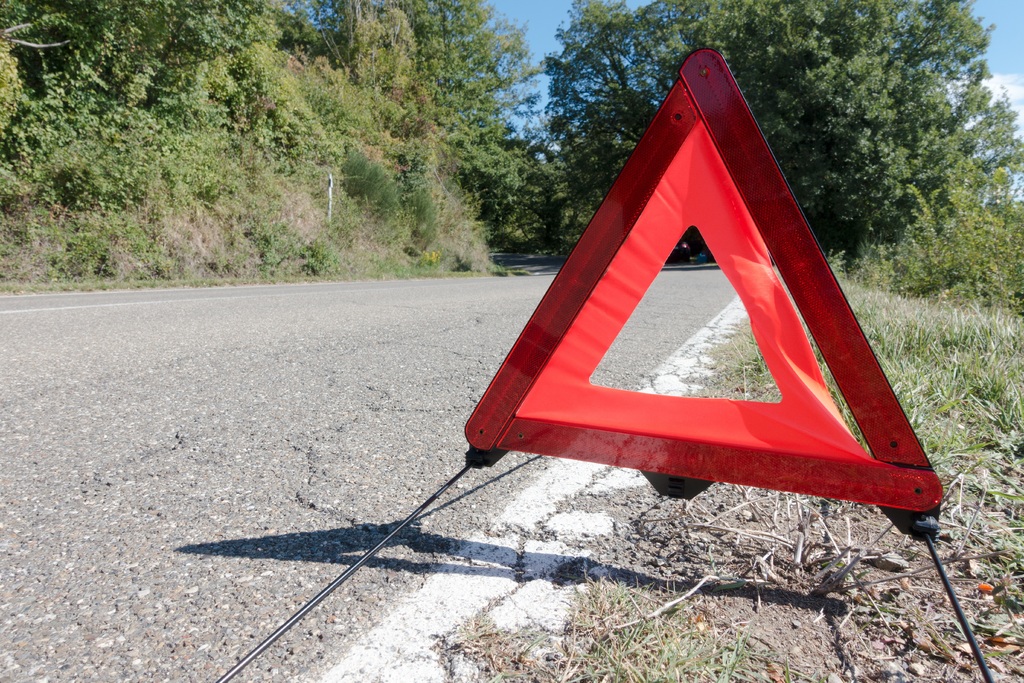5 top tips for preserving the paint on your car
There are several ways common household items and materials can destroy car paint
– Richard Green, national director of the South African Motor Body Repair Association (SAMBRA)
It is not only vintage car enthusiasts who spend hours buffing and polishing their “babies” on a weekend. Most people love their cars, whether it is because they are a symbol of success or whether they want to keep them in tip-top shape to pass onto their children.
Whatever the reason you are spending a lot of time keeping your car shiny and new, Richard Green, national director of the South African Motor Body Repair Association (SAMBRA), a proud association of the Retail Motor Industry Organisation (RMI) says it is important not to damage the paintwork.
He explains that automotive paint not only plays an integral role from an aesthetic point of view, but also aids in rust prevention. It is fairly easy to damage the paintwork, hence the importance Green places on being aware of what materials you use to clean your car.
“There are several ways common household items and materials can destroy car paint from the surface down to the bare metal, resulting in serious damage,” he warns.
Here are 5 top tips for preserving the paint on your car:
- DON’T clean your car with dirty cloths. The dirt will stick to the paint and scratch it as you clean, causing hairline scratches all over the bodywork. Instead, rinse your car to get rid of dirt particles before you start cleaning and always clean with a soft, clean cloth or sponge.
- DON’T let bird poop dry on your car as it contains several acidic components which can stain the surface. Instead, try to wipe bird poop off before it dries with a clean, wet cloth and a dedicated carwash product. Also avoid rubbing the spot because seed particles in bird poop can scratch the surface.
- DON’T park your car near an area where construction is taking place. The cement, falling rocks and dust can ruin the paint and even cause damage. Instead, remove cement when it is still wet. Trying to remove dry cement with a sharp object is just asking for trouble. Rather approach an accredited professional from the South African Motor Body Repairers Association to solve the problem.
- DON’T allow any petrol to be spilled on your car when filling up your tank as it can dis-colour the paintwork and leave permanent stains. Instead, wax your car several times a year after you have had it washed as this makes it easier to clean these types of spills up without damaging your car.
- DON’T forget the damaging effect the salty air of coastal regions can have on your paintwork. Salt makes your vehicle more susceptible to rust and speeds up corrosion. Instead, wash your car often if you live at the coast and wax it several times a year to build up a protective layer for the paintwork.
Another item commonly used for cleaning cars is dishwashing liquid, but this is not a good idea.
– RICHARD GREEN, NATIONAL DIRECTOR OF THE SOUTH AFRICAN MOTOR BODY REPAIR ASSOCIATION (SAMBRA)
Green says these are some of the more common ways paintwork is damaged, but there are also some unusual things people do for fun which are not paint friendly.
“In the name of fun, people slather things like silly string, mustard, shoe polish, eggs and shaving cream all over cars. It may be a good laugh for those carrying out the fun, but not such a hoot for the owner of the car when they realise all these items damage paintwork,” he said.
“Shaving cream and shoe polish contain chemicals which can leave permanent marks and eggs are acidic enough to eat through paintwork in a short time, especially if left to dry overnight. I recommend spot cleaning with a dedicated carwash product diluted in water or a full carwash if the car is badly covered in any of these substances.”
Another item commonly used for cleaning cars is dishwashing liquid, but Green adds this is not a good idea. “If your car is regularly waxed, dishwashing liquid will remove the thin protective wax layer. It is very harsh on paintwork and not very kind to rubber either, so rather stay clear.”
He concludes that not all car cleaning products are all-purpose and the wrong product could damage the paint, clear coat or other finishes.
“If you are in doubt about any substance or material which has caused damage, always seek the advice of an accredited professional from the South African Motor Body Repairers Association to help you restore your vehicle’s paint job to its former glory,” Green concludes.


